1. Napoleon Was Short

We’ve all heard someone toss around the phrase “Napoleon complex,” right? The idea that the French emperor was so short he had to make up for it with power-hungry ambition. Turns out, that’s not exactly true. Napoleon was actually around 5’6″ or 5’7″—average height for a man of his time. The confusion mostly came from a mix-up between French and British measurements. British propaganda loved painting him as this tiny, angry guy. It made him easier to mock and less threatening shares ThoughtCo.
So, he wasn’t towering, but he definitely wasn’t pint-sized. It’s kind of wild to think that a misunderstanding of inches vs. centimeters became a staple of pop culture. Even cartoons and comedies keep the short joke going. But next time someone calls someone a “Napoleon,” you’ll know it’s not quite the burn they think it is adds the Washington Post.
2. Vikings Wore Horned Helmets
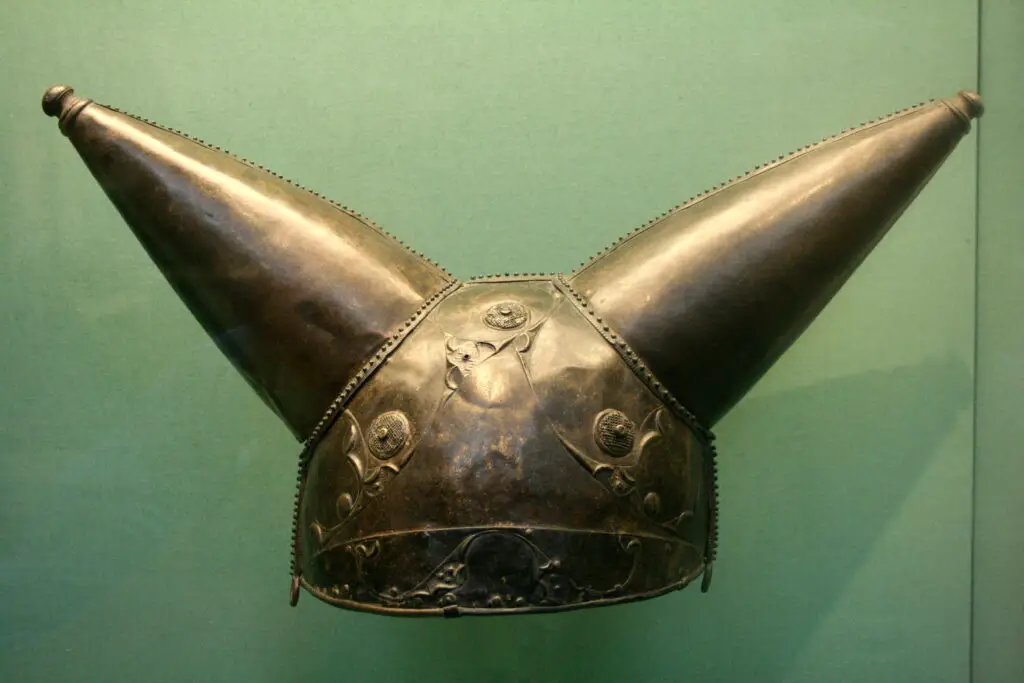
Picture a Viking, and chances are they’ve got a horned helmet on, right? It’s one of the most iconic images we have—but also one of the most inaccurate. There’s actually no archaeological evidence that Vikings ever wore helmets with horns. That image came from 19th-century opera costumes, especially Wagner’s Ring Cycle. Artists and designers added horns to make the characters look dramatic and intimidating shares Smithsonian Magazine.
Real Viking helmets were probably simple and functional, made of metal or leather. Horns would’ve been wildly impractical in battle—they’d just get snagged or used against you. But once the horned look caught on in theater and art, it stuck. Now it’s everywhere, from Halloween costumes to football mascots says Snopes.
3. People Thought the Earth Was Flat in 1492

This one gets repeated in classrooms, but it’s not really true. When Columbus sailed the ocean blue, most educated Europeans already knew the Earth was round. That knowledge had been around since ancient Greek times. Eratosthenes even measured the Earth’s circumference way back in the 3rd century BCE. Columbus’s real challenge wasn’t proving the Earth was round—it was convincing people he could reach Asia by going west.
The problem was, he underestimated how big the planet actually is. So, no, he didn’t prove the Earth was round—he just stumbled onto a whole new continent instead. It’s kind of funny that we’ve been miscrediting him with something people already knew. Makes you wonder what else we learned in school that might need a second look.
4. The Great Wall of China Is Visible from Space

This one sounds so cool, doesn’t it? The idea that a man-made structure is so massive, you can spot it from outer space. Sadly, it’s not true—at least not with the naked eye. Astronauts have confirmed that the Great Wall is really hard to see from low Earth orbit. It blends in with the natural terrain too much. If anything, city lights and airports are way easier to spot.
The myth got popularized in books and media, but even NASA has stepped in to set the record straight. You can see the Wall in photos if you know where to look and use zoom, but it’s not this glowing, unmistakable ribbon across the Earth. It’s still an incredible feat of engineering, just not quite as visible as legend suggests.
5. Marie Antoinette Said “Let Them Eat Cake”

This quote has been following Marie Antoinette around for centuries. But historians are pretty confident she never actually said it. The phrase first appeared in a book by philosopher Jean-Jacques Rousseau—when she was just a child. It was likely a story used to criticize the rich and out-of-touch. Over time, it got misattributed to her, probably because she became the symbol of excess.
The truth is, she was probably no worse (or better) than any other royal of the time. But when the French Revolution kicked off, people needed someone to blame. “Let them eat cake” just sounded too perfect to resist. It’s a classic case of a juicy quote sticking to the wrong person.
6. Salem Witch Trials Burned Witches at the Stake
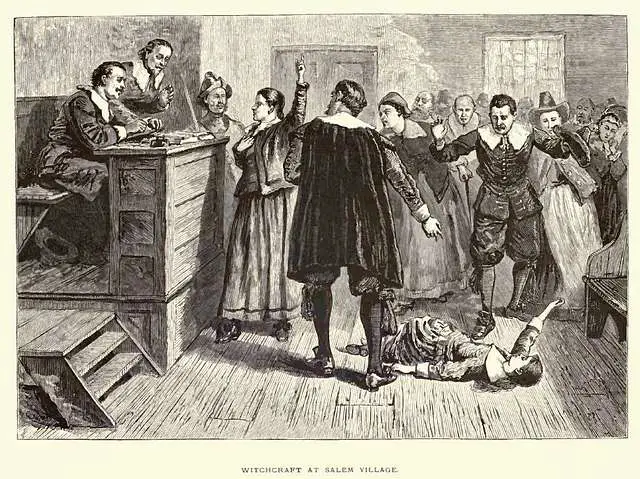
When you think “Salem witch trials,” do you picture bonfires and women being burned alive? That’s a powerful image—but not historically accurate. In the U.S., the accused witches of Salem were hanged, not burned. Nineteen people were executed this way, and one man was pressed to death with heavy stones. Burning at the stake was more common in Europe.
So where did the fire imagery come from? Probably from medieval European stories and later horror movies. It’s one of those dramatic visuals that’s hard to shake. But the real story is no less disturbing—just a bit different from what Hollywood has shown us.
7. Einstein Failed Math

This one’s practically a rite of passage for struggling students: “Don’t worry, even Einstein failed math!” Except… he didn’t. In fact, he was a math whiz from a young age. When he heard the rumor later in life, Einstein was baffled and said, “I never failed in mathematics. Before I was fifteen, I had mastered differential and integral calculus.”
The confusion may have come from a misunderstanding about grading systems or a failed entrance exam for a technical school (where he still scored well in math). But he never actually flunked math itself. It’s a comforting myth, sure—but it’s not true. The real lesson? Even geniuses get misunderstood.
8. George Washington Had Wooden Teeth

This one gets repeated all the time—George Washington with his famous wooden dentures. But dental historians (yes, that’s a thing) say that’s just not accurate. Washington did have a lot of dental issues, but his dentures were made from materials like human teeth, ivory, and metal. No wood. Wooden teeth would’ve been way too porous and prone to rot.
The wooden rumor probably started because the ivory teeth would get stained and cracked, giving them a wood-like look. But as far as records go, no actual wood was ever involved. It’s a weirdly specific myth that caught on and never let go. Kinda like how we all picture Lincoln in a stovepipe hat—symbolic more than factual.
9. Medieval People Didn’t Bathe
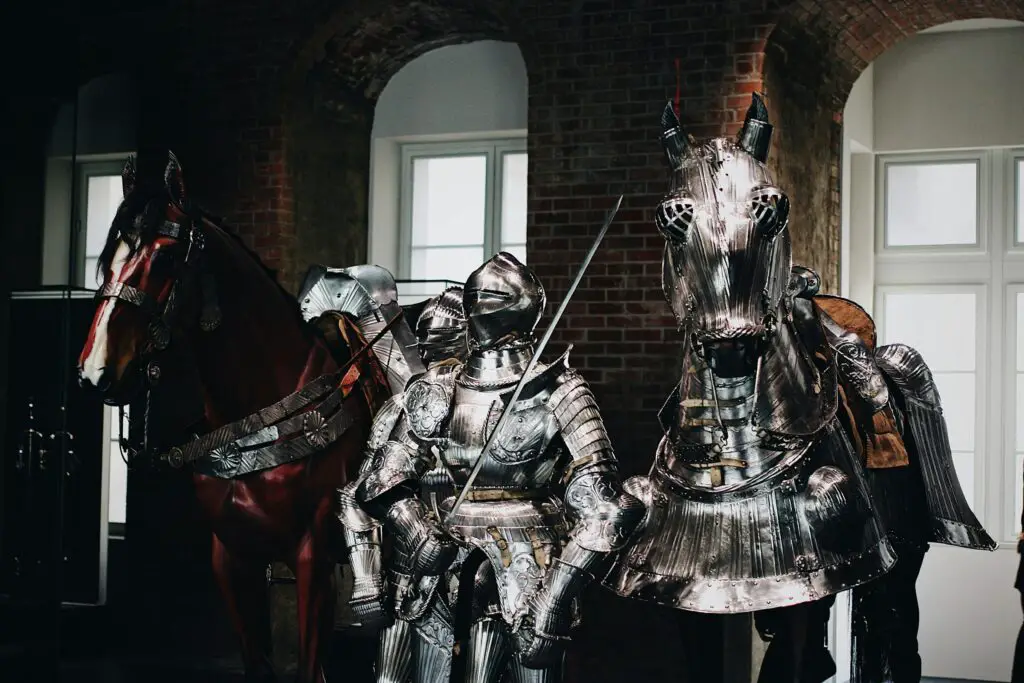
We love to imagine the Middle Ages as grimy and filthy, but that’s only partly true. Medieval folks actually cared a lot about cleanliness. Public bathhouses were common in Europe, and people washed regularly—though not always every day. They even had soaps made from animal fat and ash, and perfume was often used after bathing.
Things changed a bit during plagues, when people feared that water opened the pores to disease. But before that, hygiene was a big deal. The image of the “filthy peasant” is more about Victorian storytelling than medieval reality. It’s kind of refreshing to know they weren’t just wallowing in dirt 24/7.
10. Chameleons Change Color to Blend In

Everyone loves showing off this “fun fact,” but it’s only partly true. Chameleons don’t really change color to match their background like little reptilian spies. They change color mostly based on mood, temperature, and communication with other chameleons. When they get stressed, warm, or want to attract a mate, their color shifts.
Their skin contains special cells called chromatophores that reflect light differently depending on how they expand or contract. So while a chameleon might happen to match its environment, that’s not the main reason for the color change. Nature’s still amazing—it’s just a bit different than the myth. You’ve got to give them credit for emotional honesty.
11. Bulls Hate the Color Red

The whole red cape thing in bullfighting makes for a great spectacle. But bulls aren’t raging because of the color—they’re reacting to the motion. Bulls are actually colorblind to red. What gets them charging is the way the matador waves the cape around. It’s more about the threat or annoyance than any particular hue.
This myth probably stuck because red feels aggressive to us. So it made sense that it would anger a bull too, right? But scientifically, it’s just not the case. The bull would charge at a flapping blue towel just the same.
12. You Only Use 10% of Your Brain

This myth is basically Hollywood gold—it pops up in movies, self-help books, and motivational speeches. But it’s not grounded in science at all. Brain scans show that we use many areas of the brain, even while resting. While we might not use every part at once, different regions fire up for different tasks throughout the day.
The 10% idea probably started from a misunderstood or misquoted study in the early 20th century. It’s the kind of stat that just sounds too good (or mysterious) to question. But rest assured, your brain’s working hard—even when you’re just daydreaming or watching TV. You’re using a lot more than 10%, promise.
13. The Trojan Horse Was Real

It’s one of the most famous stories in Greek mythology: the Greeks built a giant wooden horse, snuck inside it, and tricked their way into Troy. But historians aren’t convinced it actually happened that way. The tale comes from The Aeneid and The Odyssey—epic poems, not eyewitness accounts. There’s no hard evidence of a literal wooden horse being used in battle.
Some scholars think the “horse” might’ve been a metaphor for a siege engine or a natural disaster. Others believe it was simply a poetic invention. Either way, it’s a compelling story—but probably not a historical event. Kind of like the ancient version of a really good Netflix drama.
14. Van Gogh Cut Off His Entire Ear
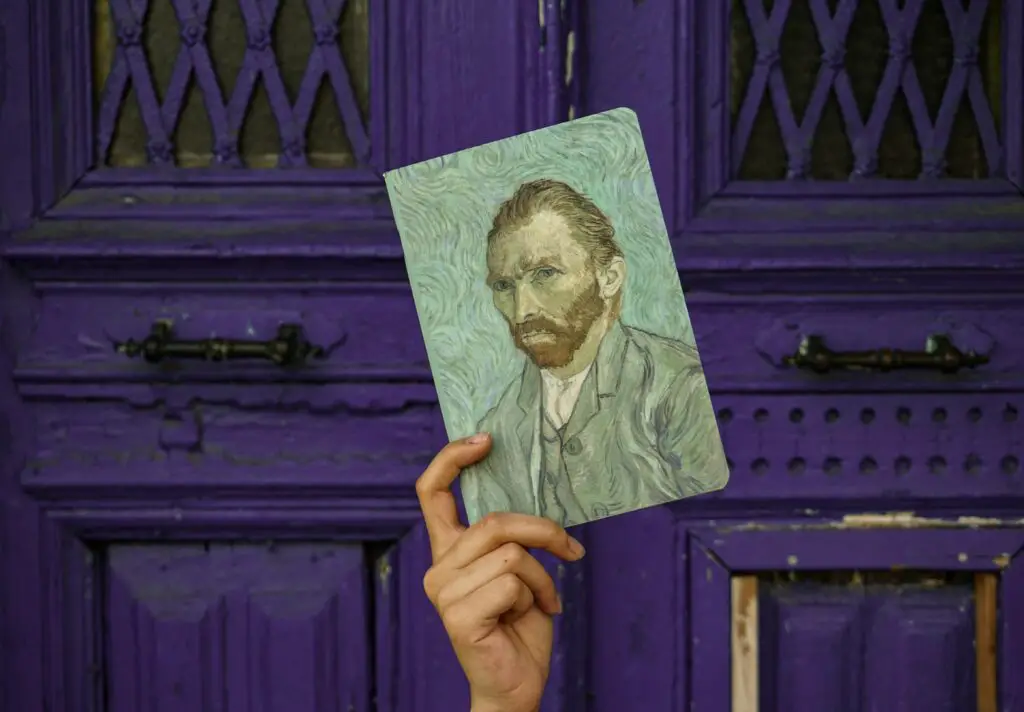
The story of Vincent van Gogh slicing off his ear in a fit of madness is pretty infamous. But he didn’t cut off the whole thing—just the lower part of his left ear. And even that version is debated. Some evidence suggests it may have happened during a fight with fellow artist Paul Gauguin, who might’ve played a bigger role than we once thought.
Van Gogh later wrapped the wound and went to a brothel, where he reportedly gave the piece to a woman. So yes, it was still tragic and dramatic, just not as extreme as the myth makes it sound. The full “ear in a box” tale got stretched over time. Even artists can’t escape dramatic storytelling.
15. The Forbidden Fruit Was an Apple
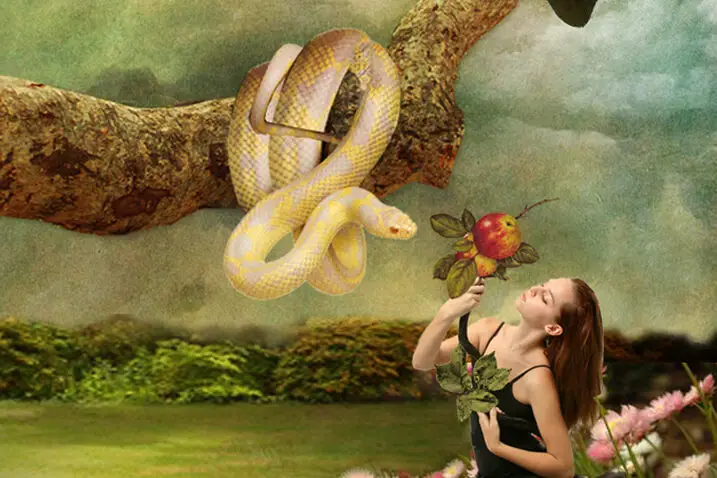
When people think of Adam and Eve, the image is usually an apple in Eve’s hand. But the Bible never actually says it was an apple. The original Hebrew just refers to it as “the fruit.” Over time, translations and art turned it into an apple—maybe because the Latin word for apple, malum, also means “evil.”
Some scholars think the fruit might’ve been a fig, pomegranate, or even a citrus. But apples were common in European art, so that’s the image that stuck. It’s a great example of how visuals shape our beliefs. And how a little creative license can rewrite a whole origin story.
